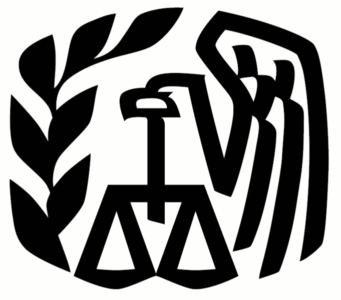So you have there is this really cool painting that you gave away. Do you want it to be worth a lot or a little ? It depends on who you gave it to. If you gave it to the Worcester Art Museum, you want it to be worth an awful lot. If you gave it to your nephew, not so much. That is because you get an income tax deduction for the fair market value of property you give to charity and you are subject to gift tax on the fair market value of property that you give to a relative. If you left the painting to your nephew, he might prefer a higher value, but if your estate is taxable, the rest of your heirs will want a lower value.
Of course when you hire an appraiser, she should not be giving you a different answer depending on what your purpose is. The fair market value is the fair market. Right ? Those people who work for the IRS. They are really nice people, but a little cynical and not many of them art experts. They’re probably going to think that if you gave it to charity you might have encouraged the appraiser to go on the high side, but that an executor might have pushed for a lower value.
This is why the IRS has an Art Advisory Panel. The panel is made up of art experts. The objectivity of the panel is helped by a clever technique:
Information provided to the Panelists does not include the taxpayer’s name, type of tax, the tax consequences of any adjustments to the value, or who did the appraisal. To minimize recognition by the Panelists of a taxpayer’s entire collection, the art works are usually discussed in alphabetical order by artist or, in the case of decorative art, by object type. In the event of a conflict of interest involving a Panelist and a work of art under review, the Panelist does not participate in the discussion and is excused from the meeting.
The panel met twice in 2012 reviewing 444 items, which according to the taxpayers were worth a total of $281,859,200. That’s a pretty big number, but when you consider that only 43 taxpayers were involved, it is really impressive. I don’t think a cynical revenue agent would find the results all that surprising:
The Panel recommended accepting 51% and adjustments to 49% of the appraisals it reviewed. Two percent of the appraisals reviewed require additional staff development before the Panel can make a value recommendation. The Panel recommended total net adjustments of $66,066,800. On the adjusted items, the Panel recommended a net 52% reduction on the charitable contribution appraisals and a net 47% increase on items in estate and gift appraisals.
It is true that the panel is working for the government, but if the rules are being followed they don’t know which way the government would want the value pushed on a particular piece they are looking at. Makes me think the system might be working well, but I may not be a good judge. This whole art thing sometimes escapes me. I have a theory that if something costs twice as much, it should be twice as good. Pictures that you hang on the wall being worth on average over half a million dollars don’t fit well with that world view. So I asked my friend Matt Erskine what he thought about the panel’s results. Matt’s firm specializes in providing legal and fiduciary services for the owners of unique assets. Here is what he had to say:
The great preponderance of the panel members are from the New York art market.
Without looking at the individual adjustments to the artwork cited, it strains credulity to have results where the taxpayer valuations are wrong 49% of the time, that of that 49%, 90% of the Gift and Estate Tax Valuations go up (so increasing tax) and 90% of the charitable deductions go down (again increasing tax). Either the guidelines and competency of the appraisals are wrong, or the Panel does not follow the guidelines in making the valuation.
I suspect that, like in the Sonnabend Estate, high profile art valuations of iconic works can be influenced by media and political attention.
As an aside, the New York Art Market is similar to Investment Banking, by and large. They do not make money unless an object goes into motion. So, just like going to Goldman Sachs for a valuation of your company, they have an incentive to give the highest valuation possible, since that will earn them the most fees, for artwork they transact. The same would be true for the art being valued for the Panel.
The only true test would be to see if any of the items valued were transacted within 24-36 months of the valuation (basically two to three cycles of the art market) and then compare the actual net auction proceeds to the heirs to the valuation by the Panel.
I should note that most of the works being valued by the panel are being valued for estate tax purposes, so an overall bias toward going high would work in favor of the government. Also they do sometimes come up with adjustments that are taxpayer favorable. On the surface, it strikes me that the panel might be doing OK, but, of course I’m probably as cynical as the average revenue agent – and know as much about art. That’s why I ask Matt about things like this.
You can follow me on twitter @peterreillycpa,
Originally published on Forbes.com Feb 6th, 2013































































































